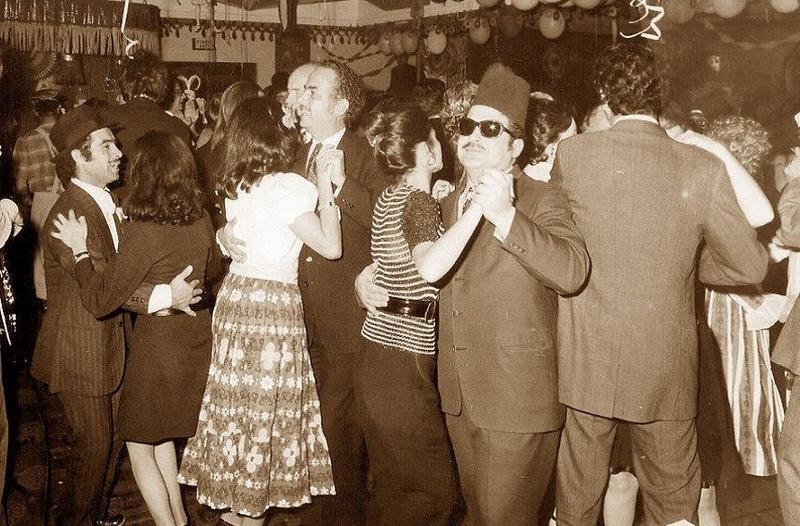
During the past decades, the spirit of the Carnival was diffused to the city, to the theaters, but mainly to the Limassolians’ souls, who, with their joy and their mood, gave to the festive days of the Carnival a special feeling, so strong, that years later was still accompanying their memories.
The first dances of the Carnival took place at the beginning of the British occupation, adopting, however, a completely European character. These dances were taking place in a specially decorated rooms, with exquisite dishes and fine drinks, without however accepting disguised citizens. Thus, masquerade people used to enjoy on the streets, at the houses and the coffee shops, which were the main entertainment venues of the time.
But afterwards this culture changed. The venues began to accept masquerade people too, a result that was enthusiastically embraced by the citizens. Over time the dances in the recreational venues increased and the hotels began to organize the first dances. Carnival dances were also held at the cinemas-theaters of the time, such as the Hadjipavlou, Yordamli and Rialto Theater, marking great success and gathering lots of people.
The cinemas were changing their place in order to accommodate the citizens. They used to take off the seats and create a big dance floor in the center, while original music from the orchestra was heard in the rooms. Limassolians of all the ages and all the social status of the time embraced this new habit, leaving the feasts in friendly homes and choosing, more and more, the new nightlife of the city.
Significant changes took place in the Sunday parades too, where the first satirical and artistic chariots appeared, later enriched from the Greek and European matters.
At the same time, the first musical ensembles were created, such as the Philharmonics and the first groups of Serenaders. Of course, the Carnival continued to develop and evolve over the years, being one of the most important elements of the city's identity.
Find out more about the History of Carnival here.
Information: Stelios Georgiades, “Limassol Carnival – A magical story”, 2016
Photos: Pattichion Municipal Museum - Historical Archive - Limassol Study Center, Lemesou Mnimes